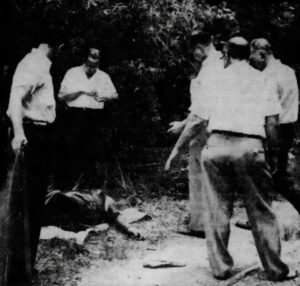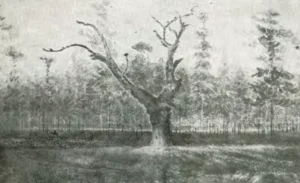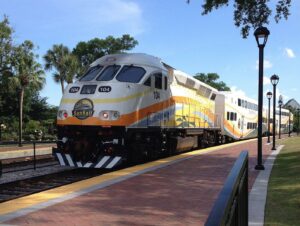
Orlando
Orlando, Florida, boasts a history that’s as captivating as the theme parks it’s known for today. Long before tourists flocked to the city, the land was home to the Timucua people for centuries. In 1838, during the Seminole Wars, the U.S. Army established Fort Gatlin in what is now the Orlando area. A small community grew around the fort, initially named Jernigan after the first permanent European settlers, the Jernigan family.
As the Seminole Wars subsided, the focus shifted to agriculture. Cotton and cattle became the lifeblood of the local economy. In 1857, the community officially became Orlando, a tribute to Army sentry Orlando Reeves who died during the wars. The arrival of the South Florida Railroad in 1880 was a game changer. It spurred significant growth and shifted the commercial center from the courthouse to the new rail depot.
The late 19th century saw another boom – citrus. Orlando became a hub for the citrus industry, ushering in a “Golden Era” of prosperity. Notable homesteaders like the Curry family played a key role in this period of growth. The 20th century brought new chapters. The establishment of Cape Canaveral in the 1950s, just east of Orlando, fueled growth due to the aerospace industry.
However, the true turning point arrived in 1971 with the opening of Walt Disney World. This iconic theme park transformed Orlando into a global tourism destination, attracting millions of visitors each year. Today, Orlando remains a leader in tourism, boasting a wide variety of theme parks, entertainment options, and a thriving hospitality industry. Looking ahead, the city is diversifying its economy, attracting high-tech companies and fostering innovation in fields like digital media and life sciences. Orlando’s story continues to be written, a testament to its ability to adapt and thrive.



